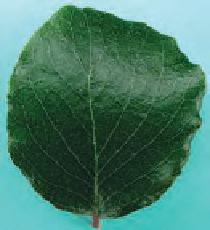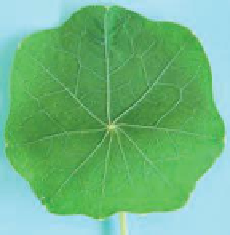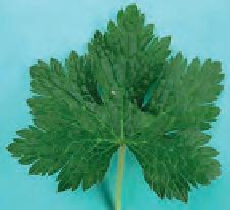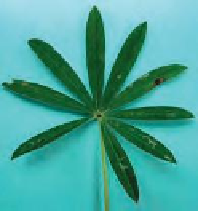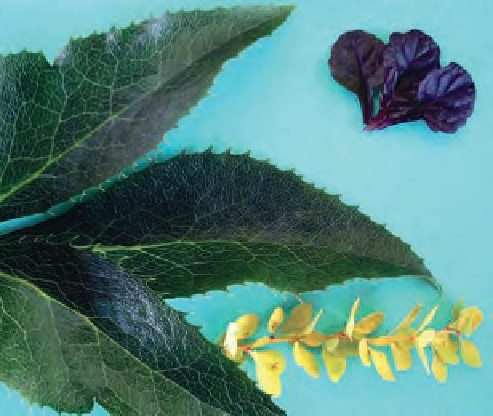Agriculture Reference
In-Depth Information
(a)
(h)
(b)
(i)
(j)
(c)
(d)
(e)
(f)
(g)
(k)
Figure 7.11
Leaf shape: (a) linear, e.g.
Agapanthus
; (b) lanceolate, e.g.
Viburnum tinus
; (c) oval, e.g.
Garrya
elliptica
; (d) peltate, e.g.
Nasturtium
; (e) hastate, e.g.
Zantedischia
; (f) lobed, e.g.
Geranium
; (g) palmately
compound, e.g.
Lupin
; (h) pinnately compound, e.g.
Rosa.
Leaf veination: (i) parallel veins in a monocotyledonous
leaf; (j) pinnate veins in a dicotyledonous leaf. Leaf colour: (k) a green
Helleborus
, yellow
Berberis
and purple
Ajuga
Root adaptations
(e.g. in
Zea mays
(sweetcorn), and the tropical tree
Pandanus utilis
,
Figure 7.14c and d).
Some trees such as
Alnus
spp. (alder) and
Taxodium
distichum
(swamp cypress) are particularly adapted
to grow in waterlogged soils and produce 'breathing'
roots or 'knees' (
pneumatophores
) covered in many
lenticels which act as snorkels enabling them to obtain
oxygen for respiration from the air above (Figure
7.14e).
Adapted
adventitious roots
are found in many
tropical plants for support including
buttress roots
(Figure 7.14a) which are plank-like outgrowths of the
stem supporting tall forest trees growing on shallow
soils (e.g. in
Ficus
spp.),
stilt roots
dropping down
from branches to the ground (e.g. in mangroves,
Figure 7.14b) and
prop roots
at the base of tall stems




